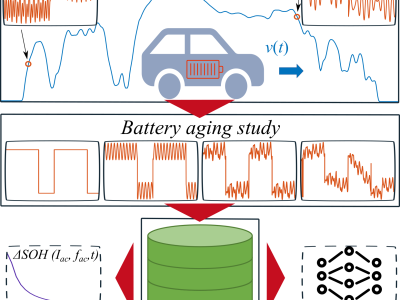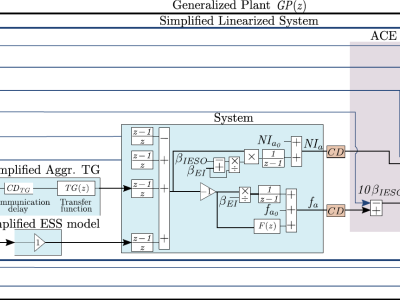
A random batch of retired batteries from real-world applications is tested as follows.
Step 1: The battery is subjected to a charging process under a 1C rate CC regimen, reaching a cut-off voltage of 3.65V.
Step 2: The battery continues to charge under a CV phase at 3.65V until the cut-off current of 0.3A is achieved.
Step 3: A relaxation period ensues, strategically introduced to stabilize the electrochemical mechanism's internal dynamics and to minimize measurement discrepancies.
- Categories:




